
'The Lost Crown: a ghosthunting adventure', is set on the very edge of ancient Britain, on the coastline of Anglia; a landmass which once looked out over the ancient tundra of Doggerland. As Nigel Danvers explores the world, the spirit and presence of the 'drowned land' will always make itself known, affecting how the people of Saxton behave and approach the timeless landscape around them. Anglia itself is defined by its low-level landscape, of whispering reeds, deep sand banks and creeping tides. The unstoppable North Sea has eaten away at the coastline since Doggerland was lost beneath the tides; ancient relics, fossilised beasts and primitive signs of human kind are revealed with each coastal collapse. The distinctive coastline of Britain is constantly changing, with whole towns disappearing beneath the water. Churches, farm buildings and the land itself are abandoned to the sea, as modern man finds no way to protect the coast from such a force as the tide itself. You, playing the character of Nigel Danvers, will explore the crumbling coast of Anglia, in search of clues to a drowned past, before areas of Saxton, the land itself, slip beneath the waves. Forever.
 |
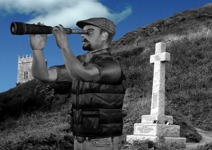 |
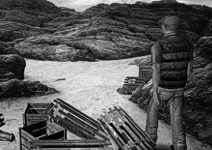 |
The Drowned world of Doggerland: Where now the North Sea does eat away at England's coast, there was once a fair, fertile and fantastic land. If you stand on the shores of modern day Anglia, and stare out to sea, it is hard to believe that the rolling, chilly waves now hide a land, once populated by thousands of primitive farming folk, hunters and tribal gangs.


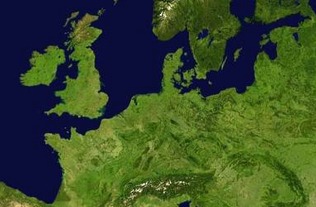
The mighty beasts, who vanished under the rolling sea: Doggerland was not populated by man and woman alone. Huge, hairy Mammoths wandered the ancient land, hunted by Sabre Tooth Tigers and the legendary Cattersnatch. It is almost impossible to imagine that, before the ice-age, Britain's Eastern, gentle landscape was joined to a massive landmass (one and a half times the size of Britain itself). For the most part, the join would have been easy to identify. The massive 'white cliffs of Dover' would have risen, steeply, from the tundra below, creating a majestic sight. Above the cliffs, the forests (made up of Elm, Lime, Oak, Yew and Black Poplar) would have been teeming with biodiverse species, many of which have been lost to time, and industrial 'progress'.
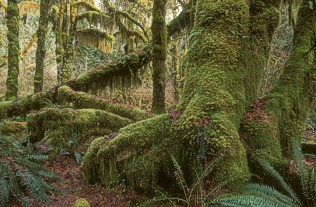
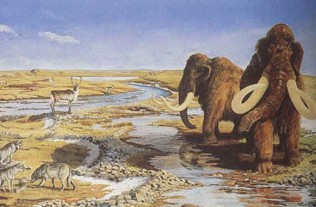
Treasures from the deep: Clues to the ancient past are washed up on the shores of Britain, Norway and Denmark by extreme tides, and heavy storms. The past is gradually making it's presence known, to those who know where to look. The fishing Trawlers of the North Sea have netted massive Mammoth bones, the skulls of oversized Lions and even tools, once carved by the primitive folk of the Mesolithic. Ornately crafted spearheads, arrows and spears have been brought up from the silty mud of the seabed, to reveal that the hunting methods of the ancient Norse and future Britons were not so different; with them sharing many techniques, traditions and hunting methods.
 |
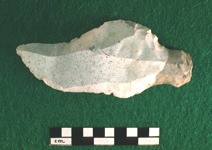 |
 |
England and the on-coming storm: Thousands of miles of coastline are lost to the sea each week, the world over. Along the coast line of Anglia (Norfolk, Suffolk, Essex and North Kent) the evidence can be terrifying to witness. Imagine a whole medieval village, complete with it's own unique history, trade and traditions, falling into the North Sea during a storm. Or, slowly slipping down the earthy cliffside, to be gradually washed away by the lapping waves. Some blame global warming as a contributing factor, while others are convinced the over dredging of gravel (tiny pebbles harvested to be used on driveways, or in concrete) is a possible cause for the rapid collapse of the coasts natural defenses. A more fertile imagination may even suggest that the loss of our ancient woodlands, an abandonment of tradition and a move into industrialism may be partly responsible. New discoveries, revealed by the sea, such as Norfolk's Seahenge (an ancient circle of tree trunks, surround an up-turned oak tree), suggest pagan rites have been performed along the coast long before we could have imagined. Were these traditions performed as protection against the sea, or to worship it? Like Doggerland before it, much of the landscape of Anglia WILL be lost to the sea as part of a natural cycle of creation, existence and destruction. If the landscape of Anglia hides many of it's mysteries, we may only have a few decades to find them, before they are gone forever.

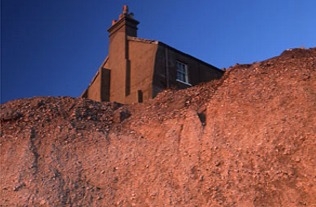
Links to further information:
Time
Team: The popular Channel 4 series made
a one-off special, looking at Doggerland.
Wikipedia:
Short, to the point, page regarding Europes 'drowned land'.
Coastal
Erosion: Treasures revealed by the sea, including Mammoth
and a Seahenge.
Happisburgh:
A town on the edge of Oblivion, much like Saxton (as seen in The Lost
Crown).